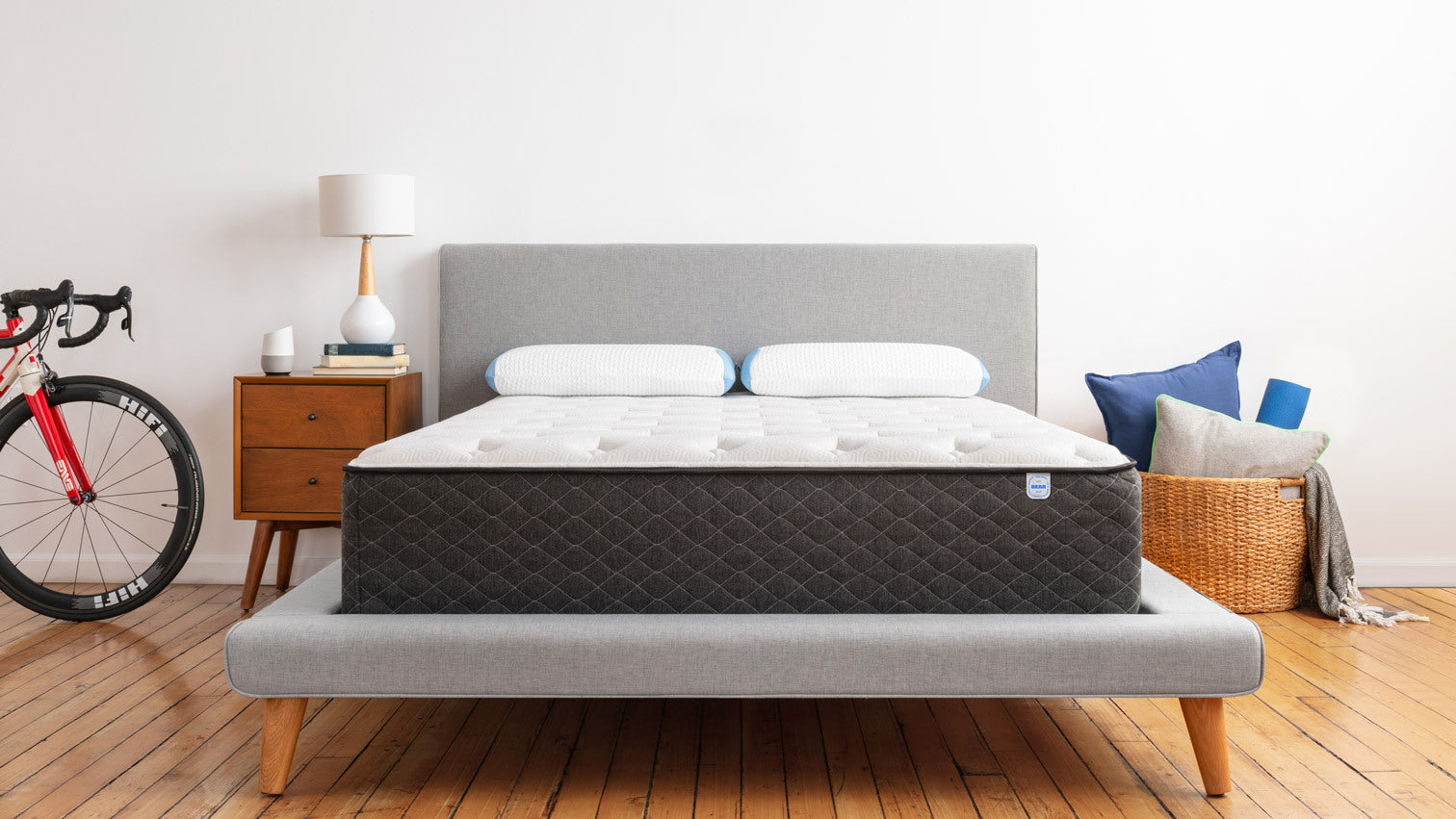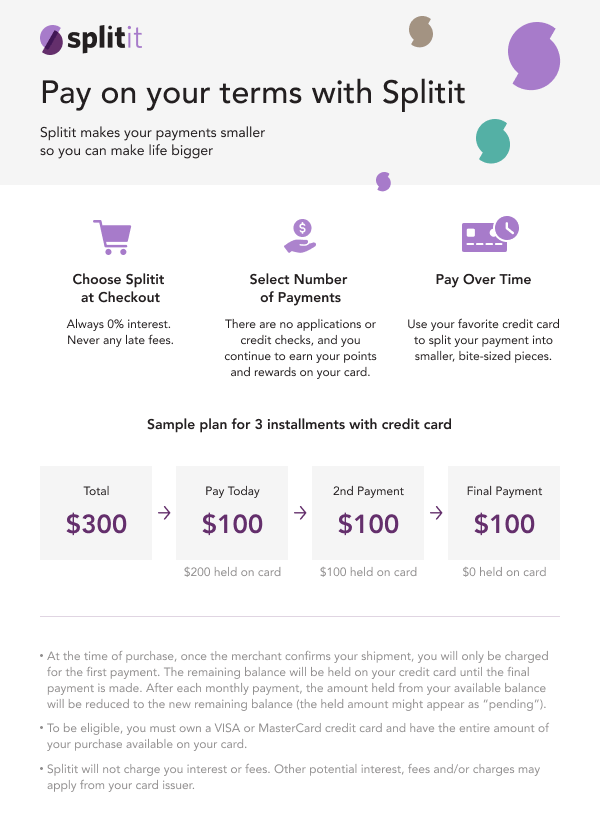Air travel has become an essential part of modern life, allowing us to traverse long distances in a matter of hours. However, while the convenience of flying is undeniable, the experience of sleeping on a plane can often be challenging. The confined space, noisy environment, and awkward seating arrangements can make it difficult to get quality rest during a flight. Yet, with a few strategic approaches and thoughtful preparations, you can significantly enhance your chances of catching some shut-eye while flying. In this guide, we'll explore a comprehensive list of tips and tricks to help you achieve restful sleep on a plane.
Pre-Flight Preparations
Choose Your Seat Wisely
When booking your flight, consider your seat choice carefully. Aim for a window seat, as it provides a stable surface to rest your head and offers some control over the window shade. Additionally, try to avoid seats near the restrooms or galley, as these areas can be noisy and busy.
Establish a Pre-Flight Routine
Creating a consistent pre-flight routine can signal to your body that it's time to wind down. Engage in calming activities such as reading, listening to soothing music, or practicing relaxation techniques. Your body is a creature of habit and the more you train your body when to expect sleep, the easier it can be to drift off when you need to. Practicing this technique can really come in handy when you're in an unfamiliar environment like a plane.
Avoid Caffeine
Caffeine and heavy, greasy meals can interfere with your ability to fall asleep. If you’re looking to sleep on your flight, try to avoid these substances in the hours leading up to your flight, opting for light, nutritious snacks instead. Avoid that long Starbucks line at the airport and focus on the flight ahead. It is also important to stay hydrated when you fly. Instead of a coffee, grab a bottle of water instead. Getting properly hydrated before your flight will help make you feel more comfortable when you’re on the plane. Aim to drink more fluids in the hours leading up to the flight and limit your intake during the flight to prevent frequent bathroom trips that could disrupt your sleep.
Dress Comfortably
When it comes to a long haul flight you want to sleep on, it’s best to dress for the occasion. Wearing loose, breathable clothing can ensure you’re not hung up on a pair of jeans that are cutting into you. Opt for layers, as the cabin temperature can vary throughout the flight. Don't forget to pack a cozy pair of socks to keep your feet warm.
Things to pack:
Neck and Lumbar Support
A neck pillow or a travel pillow that wraps around your neck can provide much-needed support while preventing your head from falling forward. Similarly, a small lumbar pillow can help maintain proper spinal alignment and reduce discomfort during long periods of sitting.
At Bear we also have the Bear Mini Pillow which is a great travel option as it comes with its own drawstring bag and won't take up too much space. It's small enough to easily manage on an airplane. This pillow is also specially built with cooling tech so you'll stay cool and comfy for your whole flight.

Noise-Canceling Headphones
Noise-canceling headphones are a game-changer when it comes to blocking out the constant hum of the aircraft engines and the ambient cabin noise. They create a peaceful environment that can significantly improve your sleep quality. These days there are many options to choose from. From Apple, to Skullcandy, to Bose, you can find a wide selection of noise canceling headphones. These will help your brain switch off and not become distracted by the ongoing action in the airplane.
Eye Masks and Earplugs

An eye mask helps block out any light that might disturb your sleep, especially during night flights or when neighboring passengers have their overhead lights on. Eye masks are also great for promoting deeper sleep. The complete darkness they provide helps your brain fall into a place where it can relax. There are also a wide variety of eye masks out there these days. If you need help relaxing your nerves on a flight, there are masks that have built in calming scents. Some masks come built with cooling technology to keep you feeling refreshed throughout the flight. Earplugs, in combination with noise-canceling headphones, can create a cocoon of silence that promotes relaxation.
Earplugs are another great option for establishing a semblance of peace on your flight. If you’re not a fan of headphones or do not want to spend the money on them, you could always opt for ear plugs instead. Blocking out the noise from the plane and from your fellow passengers can really help you drift off to sleep.
In-Flight Strategies
Set Your Watch to Your Destination's Time Zone
As soon as you board the plane, adjust your watch to the local time at your destination. This mental shift can help you sync your body's internal clock with the time zone you're heading to, making it easier to adjust upon arrival.
Create a Cozy Atmosphere
Make your seating area as cozy as possible. Place your neck pillow, lumbar pillow, and any other comfort items within easy reach. Arrange your blanket or shawl to keep warm, and put on your eye mask and noise-canceling headphones to block out distractions. Think cozy thoughts and let your body relax as you settle into your flight.
Practice Relaxation Techniques
Engage in deep breathing exercises, progressive muscle relaxation, or mindfulness meditation to calm your mind and relax your body. These techniques can help alleviate anxiety and promote sleep. Being in an airplane can be stressful for a number of reasons, especially if you have a fear of flying. So it’s good to practice any technique that can help calm down your mind. There are many apps you can utilize for this as well such as Calm, Headspace, or BetterSleep. Using one of these apps can help guide you through a calming exercise to get to sleep faster.
Choose Your Entertainment Wisely
If you decide to watch movies or listen to music during the flight, opt for content that is calming and not overly stimulating. Avoid action-packed movies or intense thrillers that could keep you awake. Think about the kind of content you enjoy at home that can help you relax.
Sleeping on a plane may never be as comfortable as sleeping in your own bed, but with these tips in mind, you can significantly improve your chances of getting restful sleep during your flight. Pre-flight preparations, in-flight strategies, and post-flight adaptation all play a crucial role in helping your body adjust to the challenges of air travel. Remember that everyone's body is different, so it's important to experiment with these tips to find the strategies that work best for you. With a little planning and mindfulness, you can turn your next flight into a more restful and enjoyable experience.










